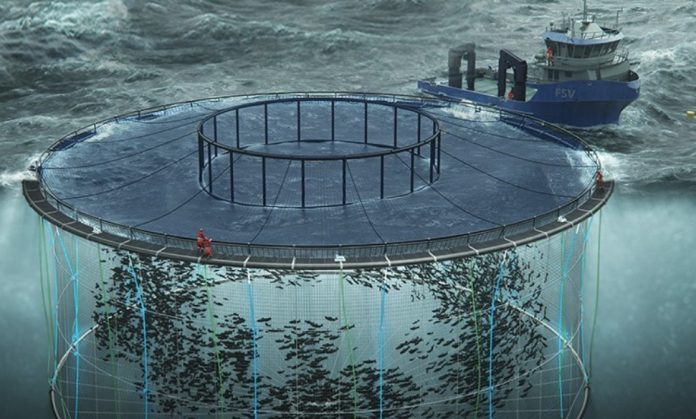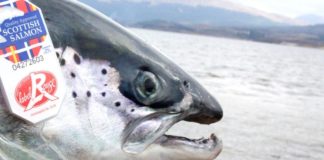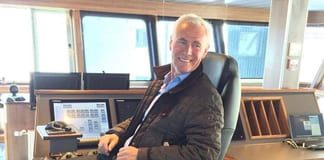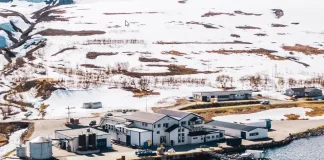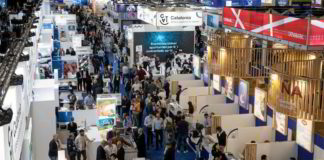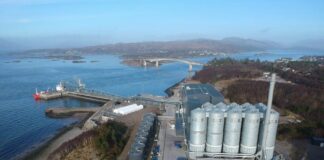Grieg NL appears to have made a few more, tentative choices for its Placenta Bay grow-out project in Newfoundland, judging by graphics released by the company over the weekend.
If approved, it’ll use a net-pen model called Midgard from newly merged Aqualine, and management appears to be thinking of two types of “locally constructed service vessels”. It’s choice of wellboat and/or or factory transport has yet to be disclosed.
Then late on Sunday, a new company graphic revealed four Bay Management Areas will make up Placenta Bay: Rushoon, Red Island, Merasheen and Long Harbour. At each, the Midgard cages will hold 160,000 salmon and provide a harvest of 35,000 tonnes every year.
Before any orders go out, a new environmental assessment ordered in the fall by a judge will have to take place. The company’s earlier impact statement didn’t pass muster, after local environmental groups noted it didn’t cover land-based facilities, the provincial leadership was accused of not having had the authority to “release” the cite from official scrutiny.
However, a look at the province’s rulebook reveals the Premiere’s office does officially decide on local environmental assessments, and that the company had hired an outside agency to put together a 559-page environmental impact assessment. The new EIA underway coincides with an appeal by the Province of the judge’s decision in the summer to halt legal assent for the hatchery.
The Aqualine farm is described as “escape proof”, as 800 other farm builds have yet to see an Atlantic salmon jump its pen for area water. Grieg NL Nurseries Ltd., the land-based facilities operator, will grow sterile Atlantic salmon at its Marystown site.
Among vessel needs already described are a “state of the art” feed barge and feed vessel for local growouts. For these, strict environmental rules are laid out: “The feed delivery vessel will not contact the feed barge … (and it) will not travel from one management area to another without having been first brought back to its docking station and pass through procedures of a biosecurity SOP (health control) of cleaning and disinfection,” original application documents said.
For well boats, the same rigors are set out in the company’s original EIA: “The well boat will be dedicated to either harvesting operations or other outflow activities. If the well boat is to be used to deliver smolt or to be used in bath treatments, it will be passed through a SOP for ensuring that biosecurity is maintained.”


